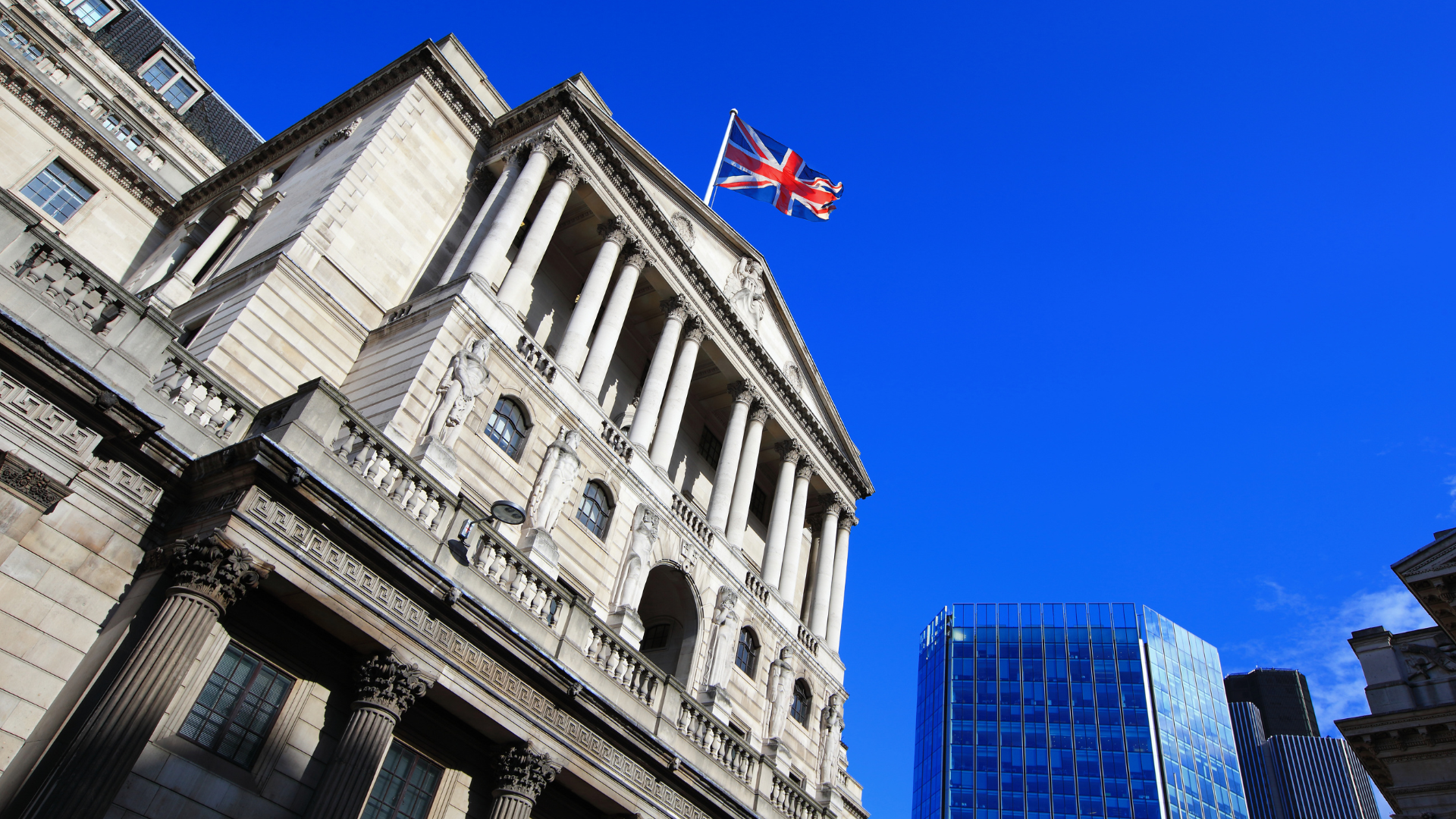The UK unemployment rate held firm at 4.4% in the quarter to December, defying market expectations of a rise to 4.5%. The data suggests that despite economic headwinds, the labor market remains stable, with employers maintaining hiring levels even as growth concerns persist.
Investors and policymakers had anticipated a slight uptick in unemployment as high interest rates and slowing consumer demand put pressure on businesses. However, the latest figures indicate that job losses have not accelerated as feared, signaling underlying strength in the workforce.
While wage growth has moderated, it remains a key factor for the Bank of England (BoE) as it weighs future monetary policy decisions. A steady unemployment rate, combined with persistent inflationary pressures, could delay potential rate cuts, as policymakers assess whether wage dynamics will continue fueling price growth.
At the same time, hiring sentiment has softened in some sectors, particularly in retail and manufacturing, where companies are facing higher costs and weaker demand. The services sector, however, has shown more resilience, helping to keep the job market stable for now.
Despite the steady unemployment rate, uncertainty remains around the UK’s economic outlook, with businesses and consumers navigating elevated borrowing costs and global market risks. Any signs of economic slowdown in the coming months could put renewed pressure on hiring and wage growth.
For now, the UK labor market appears to be holding firm, offering some relief to policymakers. However, with inflation and interest rate concerns still in focus, traders will be closely watching upcoming economic data and BoE signals for clues on whether policy easing could be on the horizon.













